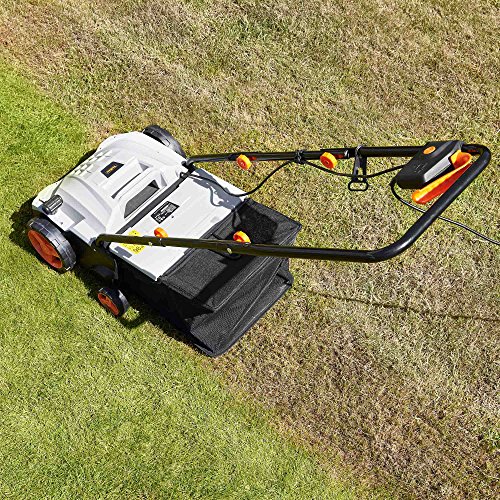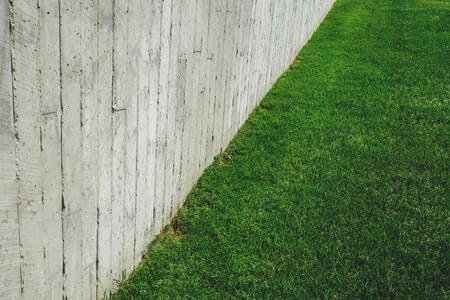Scarifying is a treatment that is used to remove organic matter that’s blocking the soil from getting the needed air. It gets rid of moss and allows water and nutrients to go deeper into the soil. Scarifying is something that should be done at least once a year.
Although there are numerous tools that can be used, the best and easiest option is a rake, but it’s only going to work for smaller lawns.
The larger ones will need an electric lawn scarifier due to the high level of spongy thatch and moss. If you can’t buy one, you could rent one. Scarifying helps improve your lawn but it’s a very invasive procedure that requires a lot of aftercare to help your lawn get back to normal.
This dosent really need much work and the time and effort you put into caring for the lawn after you’ve scarified it will make the results better.
The following are examples of what you should do after you’ve scarified your lawn.
Remove Leftover Moss
If the moss gets too much, it will make the lawn look terrible and block the flow of air and water that’s supposed to reach the roots. It’s very much important to remove moss after scarifying, it’s even one of the main reasons for scarifying.
If you’ve finished removing the moss and there’s still some residual moss remaining, they will be too small to scarify again. In such cases, you should use a lawn moss killer which helps kill moss and fertilises the lawn as well. And since you’ve already removed excess thatch when you scarified the lawn, the chemical will go in much deeper and kill the residual mosses.
This is the best way to end severe moss infestation.
Once you are done scarifiying your lawn, the first thing you should do is step back and have a look to see if there are any hidden ongoing issues with your lawn that you need to resolve.
Have a look to see if there are any weeds that you need to get rid off. Or have you noticed moss or thatch issues that need to be taken care of?
Lastly, you should clear up stones and any debris that has been thrown up by the scarification process. This can be back breaking work if you do not have a lawn rake and your lawn scarifier does not have a collection box. You’ll need to walk around your garden – bag in hand – picking up everytthing that you can collect.
Add new Grass Seed
Once you’ve finished scarifying, some patches will appear in spaces where the mosses and debris once were.
If the spaces aren’t much, you could make good use of them by adding about 10 to 20 good grass seeds per square inch. Do not add more than 20 to small spaces. If the patches are much larger, you of course need to apply much more than a few handfuls of healthy seeds across the surface.
- PREMIUM QUALITY & RAPID GROWTH: Premium quality grass seed with consistent performance....
- UNIQUE MIX & TAILORED TO UK CLIMATE: A unique and premium lawn seed mixture. Professional...
- HARD-WEARING & SAFE: Hard wearing against pet urine. Safe for families with children and...
Also, if you’re using iron sulphate or other iron based fertiliser, leave it a few days before seeding.
Fertilise the Lawn
With the addition of new seeds and with the owner expecting them to grow, your lawn would have to bounce back to optimal conditions after the scarification. It is therefore important to fertilise your lawn the day you’re adding new seeds. Some other people choose to allow their seeds to germinate before adding fertiliser, that’s okay, but you should avoid fertilising before seeding.
The best types of fertilisers are the ones that are rich in potassium because not only does potassium ward off diseases caused by stress, it also helps the lawn recover from the stress of scarification.
Whatever you choose, just make sure to follow the instructions carefully. It’s advisable to scarify in early autumn so that an autumn based fertiliser would work perfectly.
If the weather is dry, you should water the lawn with either a sprinkler or garden hose. A watering can will not be able to effectively moisturise the soil.









